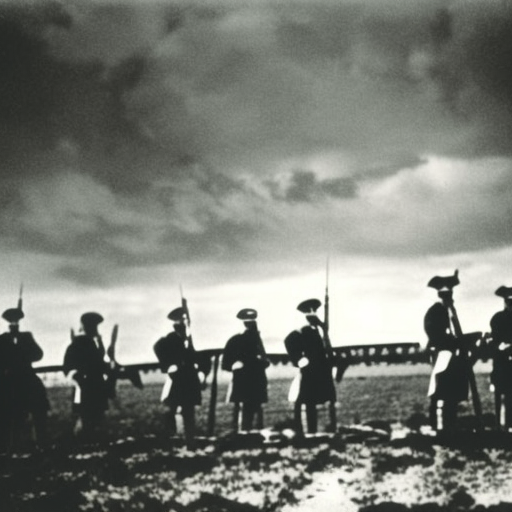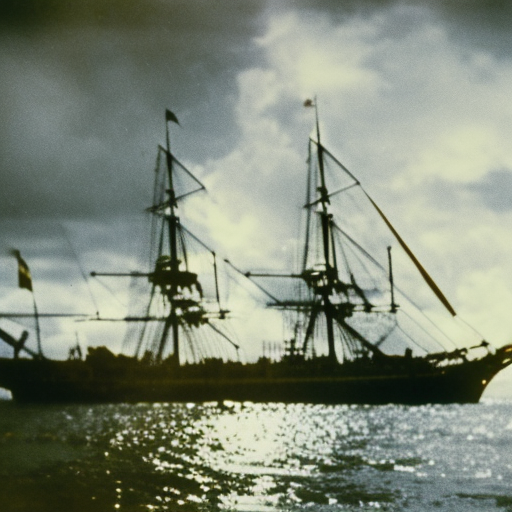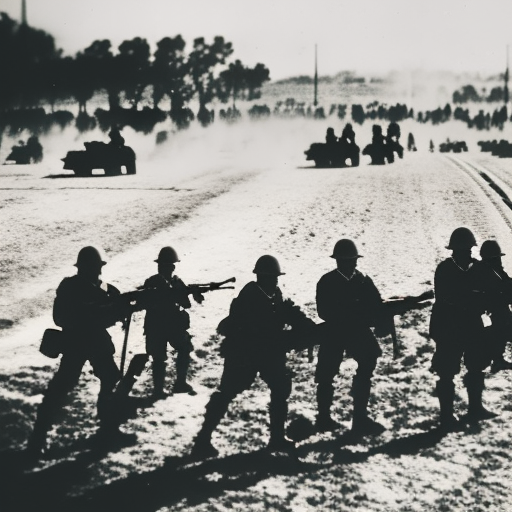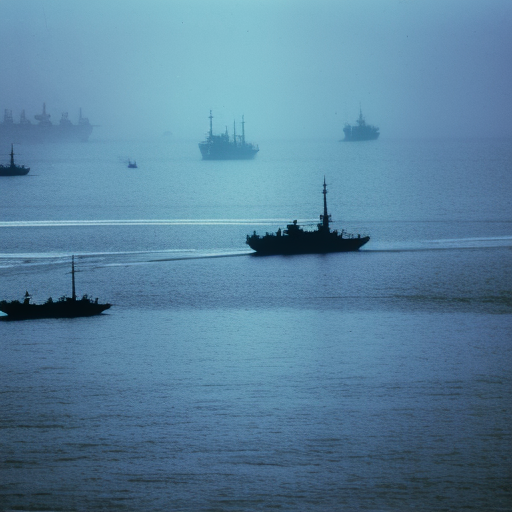The Battle of Yorktown in 1781 marked the decisive victory of American and French forces over the British, leading to the end of the American Revolutionary War.
The Spanish Armada’s defeat (1588) Explained
The Spanish Armada’s defeat in 1588 marked a turning point in European naval power and secured England’s dominance as a maritime nation.
The Spanish Armada (1588) Explained
The Spanish Armada was a failed naval invasion fleet sent by Spain against England in 1588, marking a turning point in European naval warfare and the beginning of England’s rise as a global power.
Battle of Sinop Explained
The Battle of Sinop was a naval conflict in 1853 during the Crimean War, where the Russian Empire defeated the Ottoman Empire’s fleet.
Battle of Coronel Explained
The Battle of Coronel was a naval engagement during World War I between the British and German fleets off the coast of Chile, resulting in a decisive victory for the Germans.
Battle of the Yellow Sea Explained
The Battle of the Yellow Sea was a naval engagement during the Russo-Japanese War in 1904, resulting in a decisive victory for Japan.
Four Days’ Battle Explained
The ‘Four Days’ Battle’ was a naval engagement during the Second Anglo-Dutch War in 1666, lasting from 1 to 4 June, resulting in a strategic victory for the Dutch Republic.
Battle in the Bay of Matanzas Explained
The Battle in the Bay of Matanzas was a naval engagement during the Spanish-American War in which the US Navy destroyed the Spanish fleet in Cuba.
Action of 18 February 1639 Explained
The Action of 18 February 1639 was a naval battle between the Dutch Republic and Spain during the Eighty Years’ War.
Battle of Actium Explained
The Battle of Actium was a decisive naval battle in 31 BC that resulted in the victory of Octavian over Mark Antony and Cleopatra, leading to the end of the Roman Republic and the beginning of the Roman Empire.


















